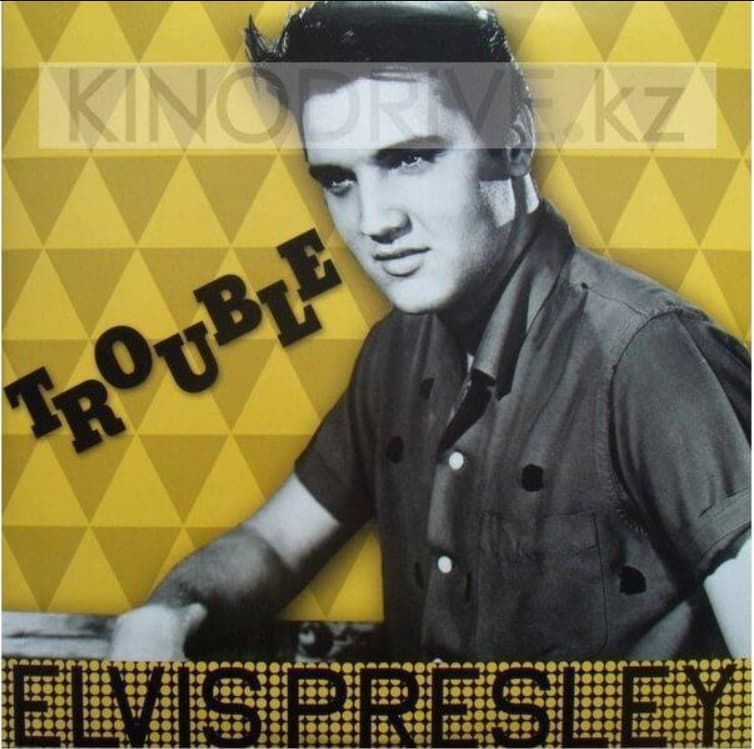
“I’m Evil, My Middle Name is Misery”
Back in 1958, a young man was at a crossroads. The explosive, rebellious energy that had made him a sensation was being carefully managed, molded, and, some would say, tamed by the demands of Hollywood. He was no longer just Elvis Presley, the rock and roll phenomenon; he was a movie star, an actor who had to fit into a pre-defined mold. But with the song “Trouble,” he reminded everyone—and perhaps, most importantly, himself—who he really was. This raw, unapologetic track was a ferocious declaration, a defiant snarl that proved the King still had his teeth. It wasn’t a single in the traditional sense, so it never landed on the major Billboard charts like many of his other hits, yet it became one of his most iconic and memorable performances. A more uptempo version of the song, released later in 1975, did make a mark on the UK charts, reaching a respectable No. 31. This shows the song’s enduring power and its ability to resonate across different eras of his career.
The song’s origin is tied directly to his fourth film, “King Creole,” which was a departure from his previous, lighter movie fare. Based on the novel A Stone for Danny Fisher, the film cast him as Danny Fisher, a troubled young man from the French Quarter of New Orleans who falls into a life of crime but also discovers his talent as a singer. The song “Trouble” was a perfect fit for this character. Written by the legendary songwriting duo Jerry Leiber and Mike Stoller, who also penned classics like “Hound Dog” and “Jailhouse Rock,” the song was designed to capture a dangerous, swaggering persona. The lyrics are pure bravado, a warning to anyone who might cross him. Phrases like “I was born standing up and talking back” and “my daddy was a green-eyed mountain jack” painted a picture of a man who was ready for a fight and wouldn’t back down. It was a bluesy, hard-hitting track that borrowed its “stop-time” riff from Muddy Waters’ “Hoochie Coochie Man” and Bo Diddley’s “I’m A Man,” a clever nod to the blues and R&B roots that had fueled rock and roll from the beginning.
But the song’s story doesn’t end in 1958. A decade later, in a moment that would define the rest of his career, Elvis Presley chose to open his legendary 1968 Comeback Special with “Trouble.” Dressed in that iconic black leather suit, with moody lighting and a snarl on his lip, he delivered a performance that was electric, raw, and defiant. It was a statement to the world that he was back, no longer the clean-cut movie star, but the dangerous and provocative rocker who had changed music forever. This performance, in particular, cemented “Trouble” as more than just a song from a movie; it became an anthem of his rebellious spirit and a symbol of his artistic resurgence. For many older fans, watching that performance felt like a homecoming—a return to the essence of what made Elvis so captivating in the first place. The song, in a way, was his personal manifesto, a reminder that the wild, untamed fire that made him “The King” was still burning brightly within him. It’s a song that evokes a time of change, a moment when a legend reclaimed his throne, proving that even after a decade in Hollywood, he was still the same “bad boy” who could create a stir and turn the world on its head.